It’s tempting to believe that every upgrade you make to your home will boost its value—but that’s not always the case. In fact, some of the most popular add-ons today can actually work against you when it’s time to sell. Whether it’s due to high maintenance, niche appeal, or building code issues, not all “improvements” are created equal in the eyes of buyers or appraisers. Here are 12 home add-ons that may look impressive but could ultimately shrink your resale value.
1. Backyard ADUs Without Proper Permitting
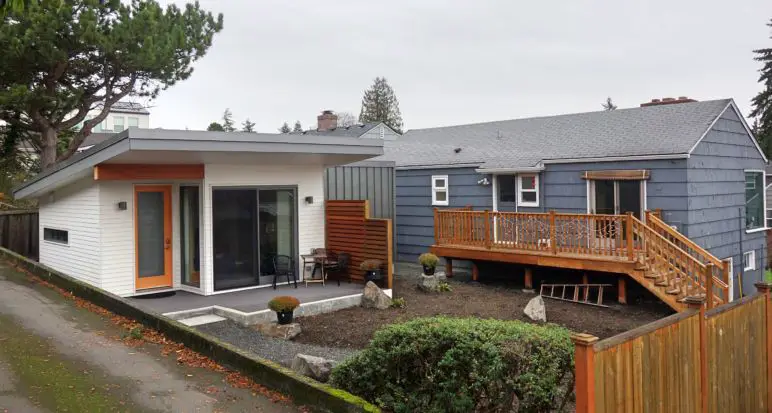
Accessory dwelling units (ADUs) have become incredibly trendy, especially in states like California where housing shortages are common. But according to Homeinc, unpermitted structures can drag down property value and scare off buyers due to legal and insurance concerns. Even if the build quality is solid, anything not up to code becomes a liability. Appraisers may ignore its existence entirely, meaning the value you hoped to add won’t be counted.
What starts as a great idea for a rental or guest house can end up a resale nightmare. If you’re considering an ADU, make sure it’s fully permitted and meets all local zoning laws. Otherwise, future buyers may see it as something they’ll have to remove or redo. In many markets, legality matters more than luxury.
2. Sunrooms That Aren’t Heated or Cooled
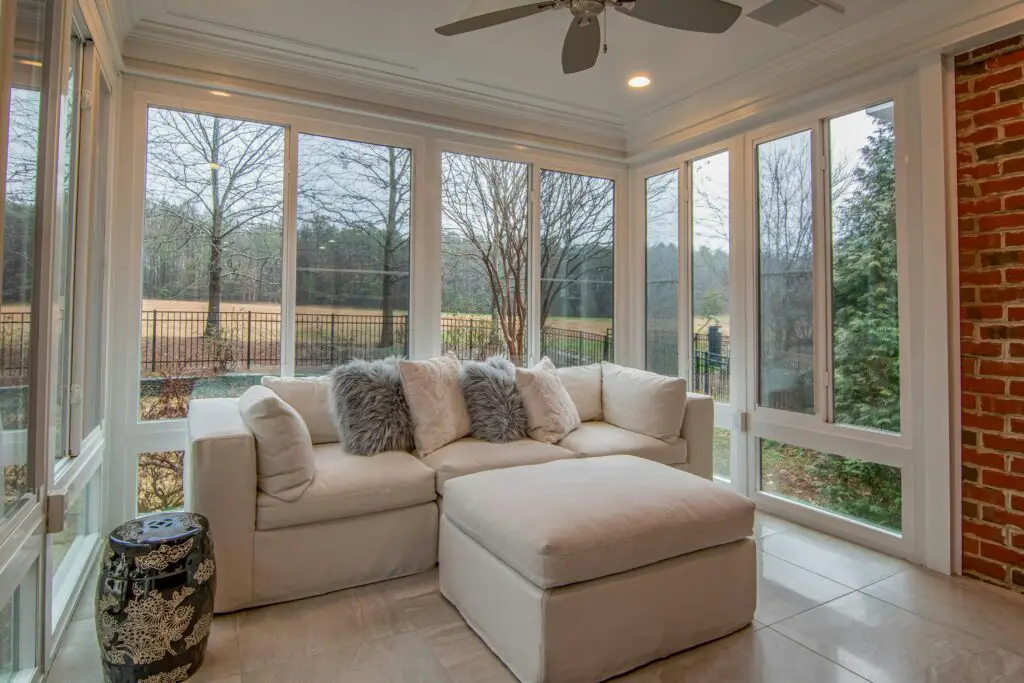
Sunrooms seem like a cozy, light-filled addition—but as noted by Pacific Patio, they often don’t count toward livable square footage unless they’re climate-controlled. That means you might pay a lot to build it, but it won’t officially increase the home’s size on paper. In colder or hotter climates, buyers may see it as a seasonal luxury rather than a functional space. It can even raise energy costs without offering much utility.
Unconditioned sunrooms can also pose issues with moisture and mold. If they’re poorly insulated, they may deteriorate faster than the rest of the home. And when it comes time to sell, buyers may view them as more of a liability than a perk. It’s the kind of addition that sounds better than it lives.
3. Garage Conversions Without Adequate Replacement Parking
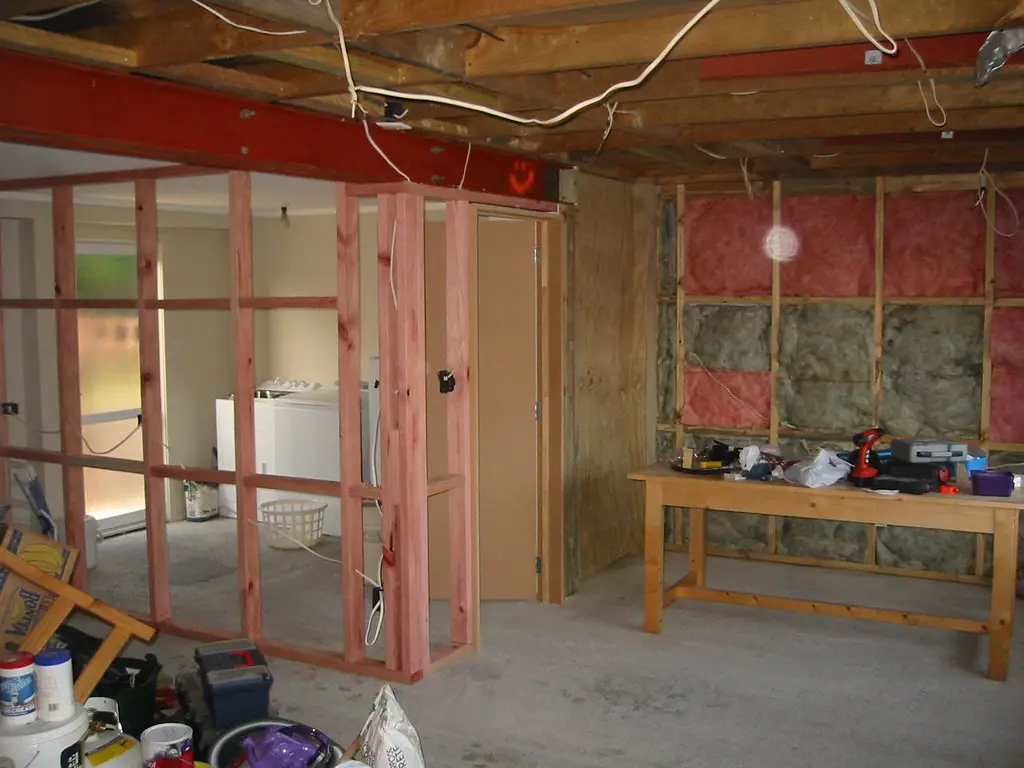
Turning a garage into a living space can feel like a smart way to add square footage, but it can backfire fast. According to Better Homes & Gardens, the majority of buyers still expect a functional garage for storage, parking, and resale. Losing that space—especially in suburban or urban areas—can be a deal-breaker. Many buyers value covered parking more than a bonus room.
This is especially true in neighborhoods where on-street parking is limited or where snow is common. A converted garage might work for your lifestyle but not for the next person. If you do go this route, having a carport or alternative storage is key. Otherwise, your upgrade might be seen as a downgrade.
4. Built-In Hot Tubs

Hot tubs seem like a luxurious touch, but according to Realtor.com, they don’t always raise your property value—and can even turn buyers away. They’re high maintenance, expensive to operate, and often seen as a safety risk for families with kids. Buyers may worry about the upkeep, energy costs, or necessary repairs. If it’s built in, it’s also expensive to remove.
In many cases, buyers see hot tubs as personal luxuries rather than must-haves. If it’s not their style, it becomes a problem they need to solve. And if the hot tub hasn’t been regularly maintained, it might look more like a hazard than a highlight. Freestanding models are easier to part with—built-ins are another story.
5. Over-the-Top Landscaping
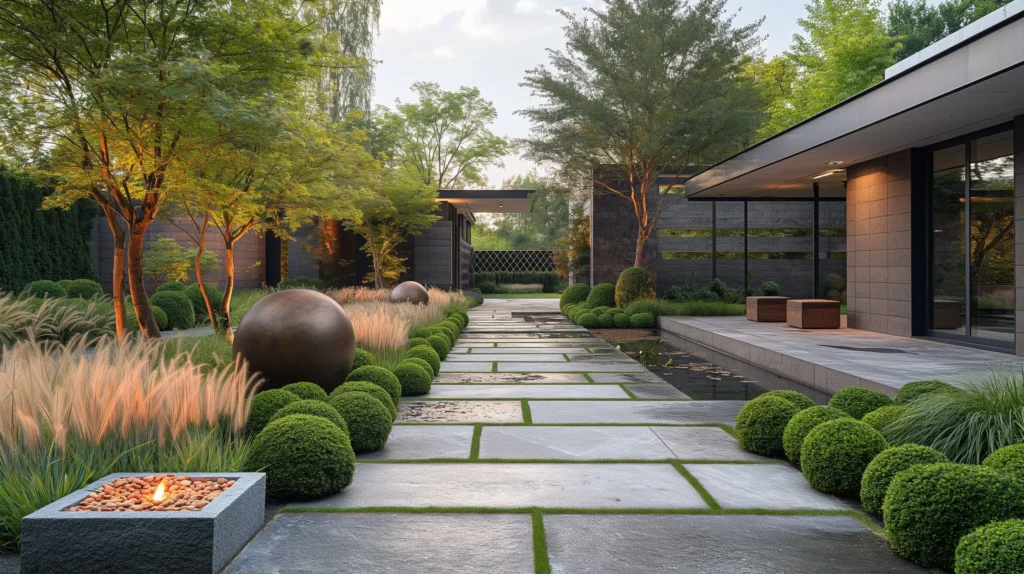
Professional landscaping can increase curb appeal, but going too far can actually backfire. Elaborate gardens, koi ponds, or topiary mazes require upkeep that not every buyer is willing to take on. Buyers with young kids or pets might see ornate landscaping as a hazard or hassle. What looks gorgeous now could become overgrown or neglected later.
Water features especially can raise red flags due to potential leaks and mosquitoes. Plus, complex landscaping doesn’t always translate into a higher appraisal value. Many people prefer a clean slate they can customize themselves. Simplicity is often more appealing—and practical—than extravagance.
6. Swimming Pools in Cold or Rainy Climates
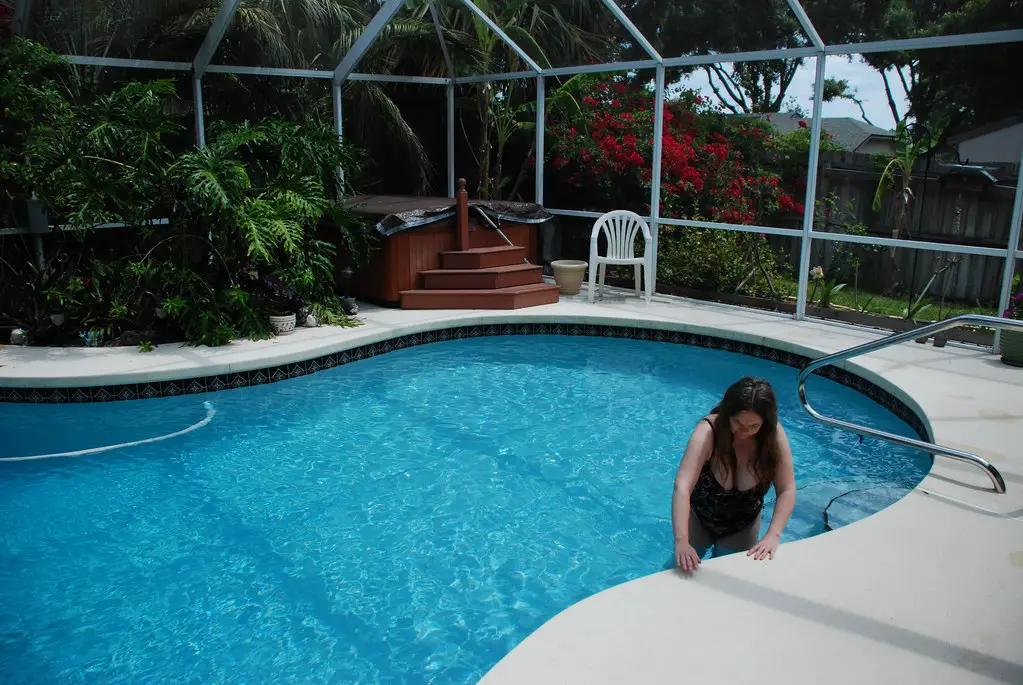
A backyard pool might be the ultimate status symbol in some regions, but in places with shorter warm seasons, it can hurt more than help. Pools require constant maintenance, seasonal care, and liability insurance—all of which can deter buyers. If someone only gets a few months of use per year, the return on investment simply isn’t there. In colder climates, pools can even damage surrounding landscaping during freeze-thaw cycles.
Some buyers will factor in the cost of removing the pool altogether. If a home has limited yard space, a pool can also eliminate room for kids, pets, or entertaining. Unless you’re in Florida or Southern California, think twice. A pool is often more of a lifestyle choice than a smart investment.
7. Converted Bedrooms into Walk-In Closets
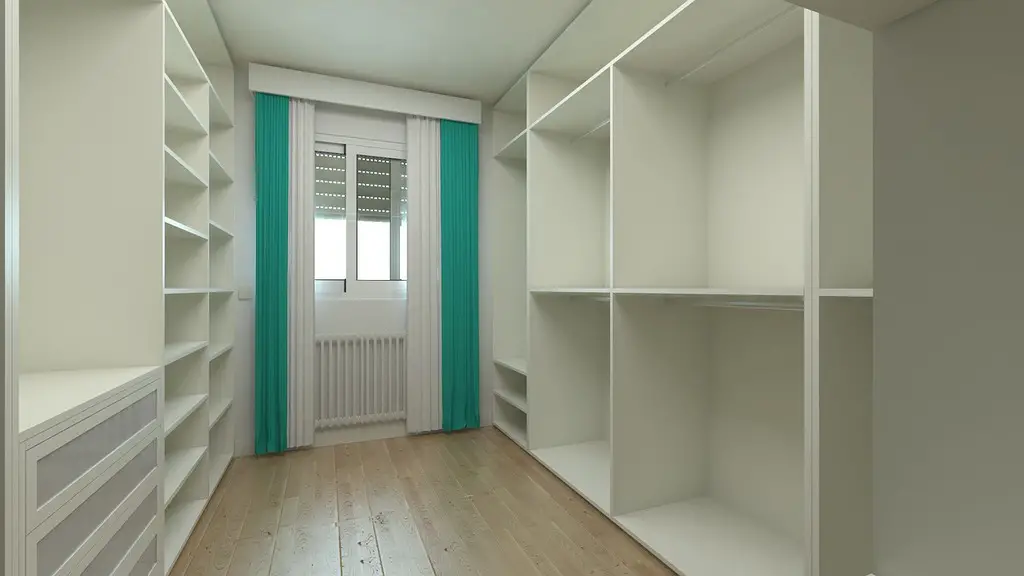
Turning a spare bedroom into a dreamy walk-in closet might feel like the ultimate upgrade—until you go to sell. Reducing the bedroom count can lower your home’s value, especially if you drop below a key threshold like three or four bedrooms. Buyers often prioritize bedroom count over luxury extras, especially if they have kids or frequent guests. Closet envy doesn’t usually translate into a higher offer.
Even if the conversion is well done, some buyers see it as something they’ll have to undo. And if it’s not easily reversible, that makes it worse. Consider using wardrobe systems or temporary solutions that keep the room’s flexibility. A bedroom should stay a bedroom if resale is your goal.
8. Home Theaters in the Basement
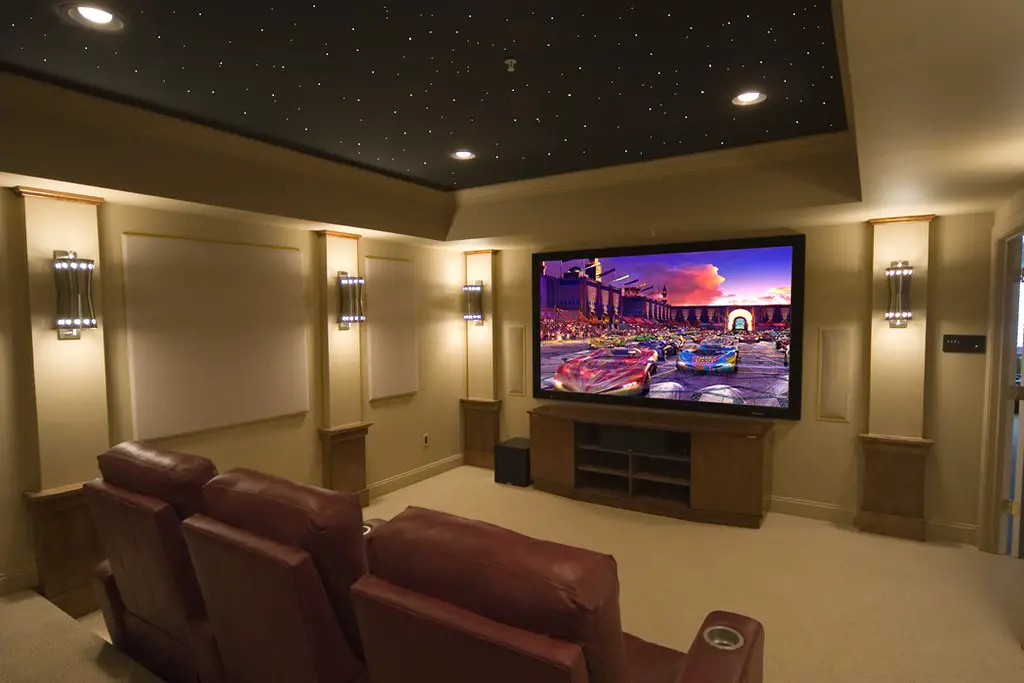
A basement home theater might be your dream entertainment zone, but not everyone wants or needs one. The trend is fading, with many homeowners preferring flexible spaces like gyms or guest suites. Built-in risers, dark walls, and specialized lighting can limit how the space is used later. Plus, audio equipment and projectors are quickly outdated.
Buyers may see it as a fun novelty, but few want to pay a premium for it. If the room can’t be used for other purposes without major renovation, that’s a red flag. It’s one of those features that feels custom in a way that actually limits mass appeal. Versatility often matters more than bells and whistles.
9. Overbuilt Additions That Don’t Match the Rest of the Home
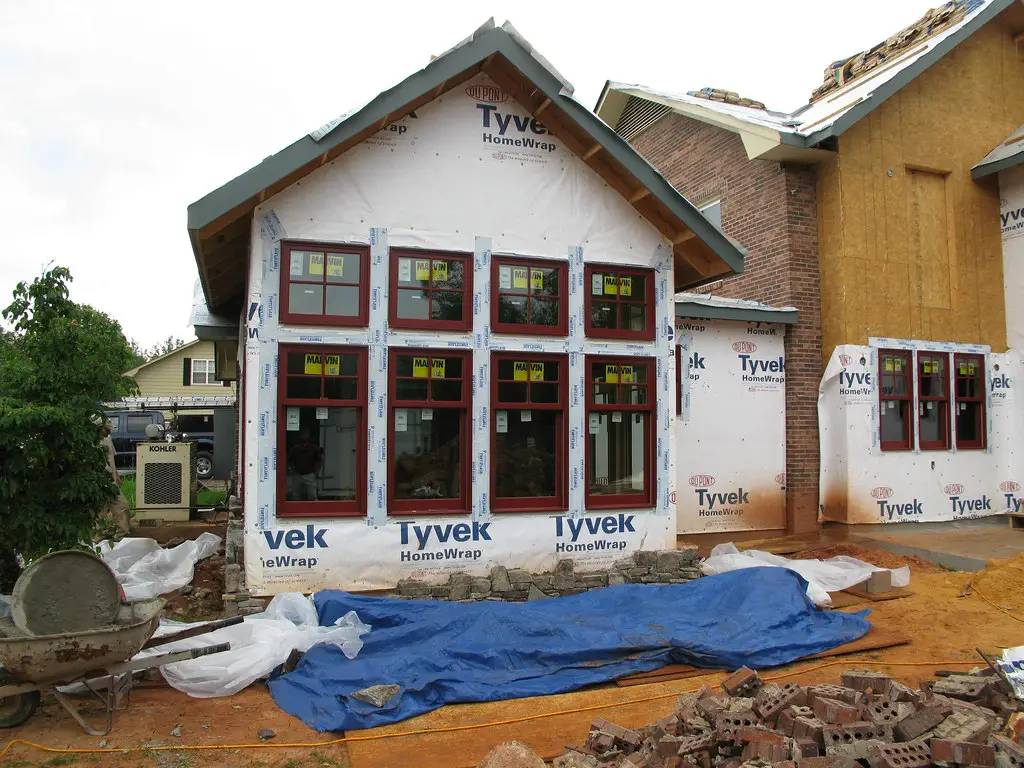
Adding square footage can be smart—but only if it complements the home’s style and scale. If an addition looks tacked on, oversized, or oddly shaped, it can reduce curb appeal and cause appraisal issues. Buyers want a home that feels cohesive. A too-big addition can make a house feel unbalanced or disrupt the flow of the floor plan.
In some cases, large additions also change the home’s zoning classification, which can trigger higher property taxes. And if permits weren’t pulled properly, that’s another layer of complication. Bigger isn’t always better if it doesn’t make sense architecturally. Always match scale with the original home.
10. Faux Luxury Features Like Crown Molding Overload
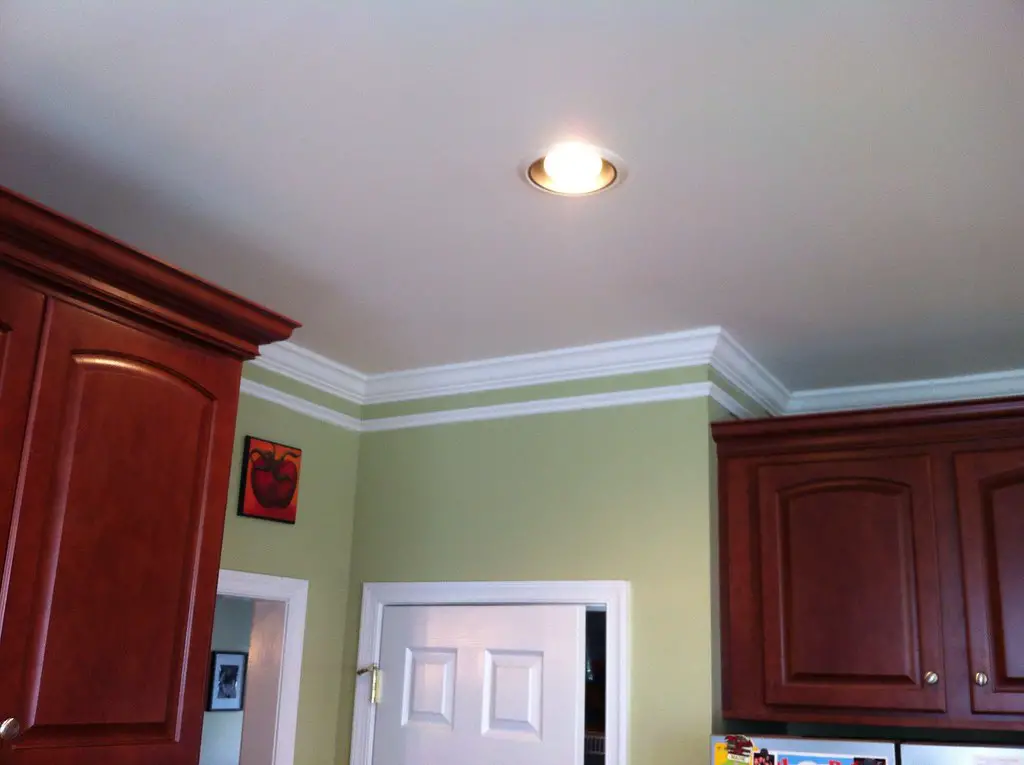
Crown molding can be a beautiful detail—but when overdone or poorly installed, it can feel more like a distraction than an upgrade. Some homeowners try to add luxury touches like ornate trim, corbels, or ceiling medallions, thinking they’ll add class. But if the rest of the house doesn’t match that level of finish, it just feels inconsistent. Worse, low-cost versions can make a home look like it’s trying too hard.
Too much trim can also make rooms feel smaller or overly busy. It’s a classic case of less-is-more. Buyers are often more impressed by clean lines and functional layouts than decorative flourishes. Spend that money on updated fixtures or neutral finishes instead.
11. Extensive Built-In Furniture
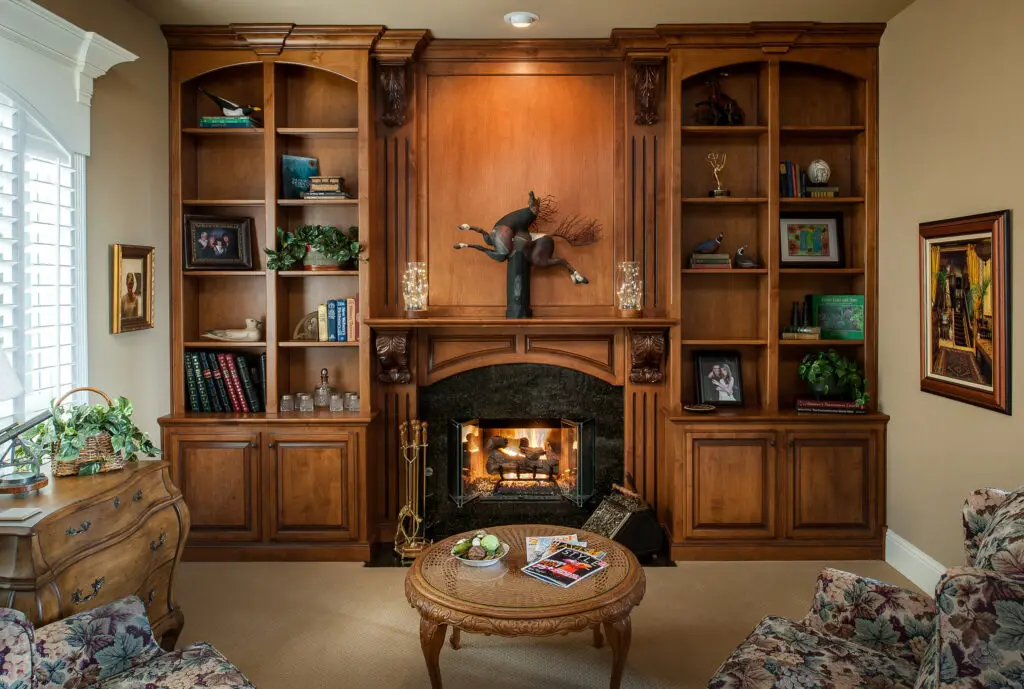
Built-ins can be practical, but when they’re overly specific—like a wall-to-wall media center or built-in desks—they can be a turn-off. These additions limit how a room can be used and often clash with changing decor styles. What worked for your lifestyle may not work for the next owner. And built-ins aren’t cheap or easy to remove.
Custom bookshelves, TV units, or nooks may also create awkward focal points. Buyers often prefer open space they can configure themselves. If you go the built-in route, keep the design clean and flexible. Otherwise, it’s just one more thing on the buyer’s “fix later” list.
12. Sauna or Steam Room Installations
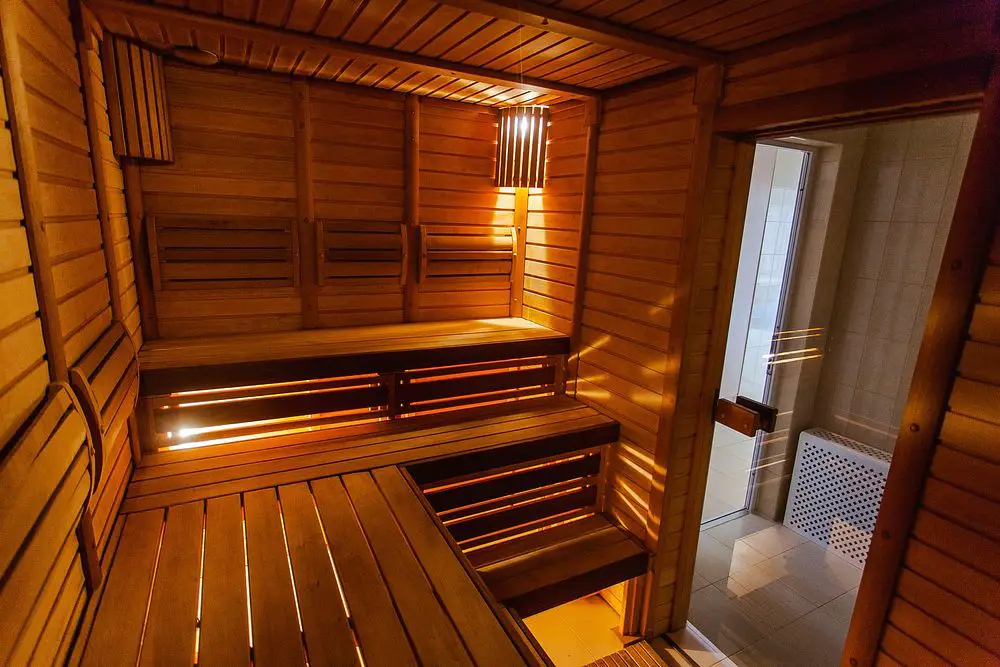
A home sauna or steam room may feel like the height of luxury—but it’s not a universally appreciated feature. These amenities take up space, require specific ventilation, and can be seen as maintenance-heavy. Unless you’re in a high-end market where such features are expected, buyers may just see it as wasted square footage. And unless it’s professionally installed, it could raise concerns about mold or water damage.
They also tend to fall out of use quickly. Many homeowners report excitement at first, then months of neglect. For resale purposes, this kind of niche addition rarely pays off. If wellness is a priority, a gym space tends to have broader appeal.
